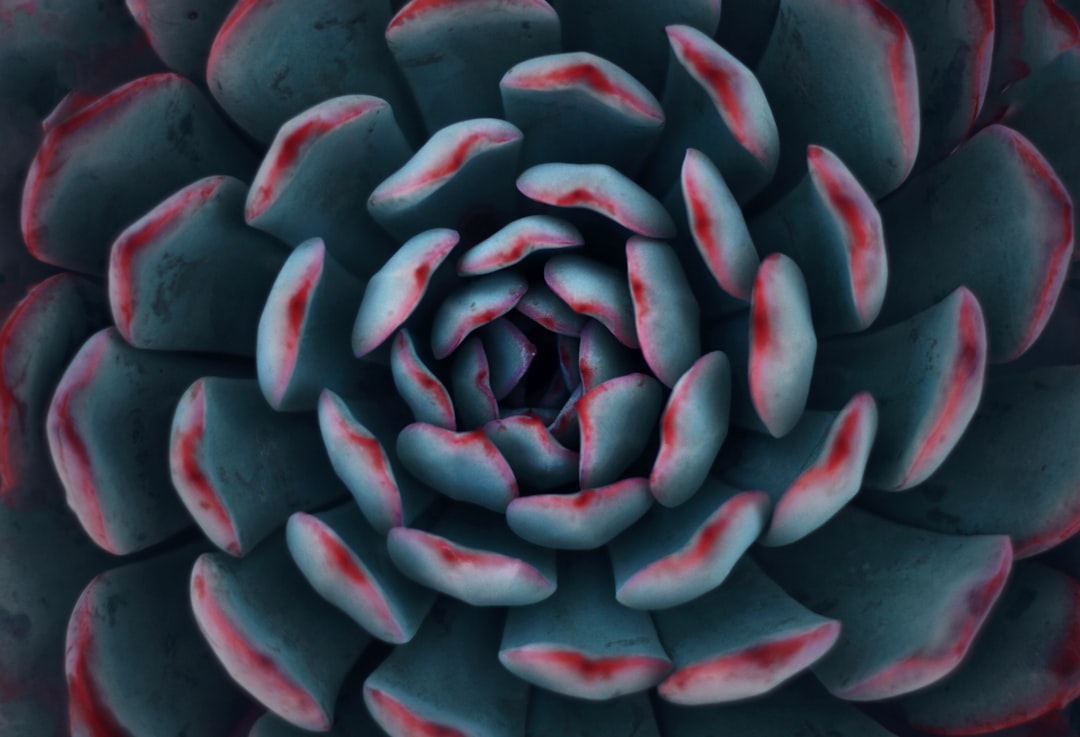Discovering how the basic parts of plants keep them alive and thriving
Have you ever looked closely at a plant and wondered how it manages to stand tall, absorb water, make food, and grow toward sunlight? Behind this silent efficiency lies the intricate structure of roots, stems, and leaves—the three main organs of most plants.
In this post, we’ll dive into plant anatomy, focusing on these vital parts, their structure, and their role in a plant’s survival and success.
🌱 The Three Major Plant Organs
Plants are made up of specialized tissues and structures that perform specific functions. The root, stem, and leaf are often referred to as the vegetative organs, each playing a critical role in a plant's life.
🌾 1. Roots: The Underground Anchor
🔍 Structure:
Roots grow downward and usually branch out to form a root system, which can be either:
-
Taproot system (like in carrots and dandelions): one main root with smaller branches.
-
Fibrous root system (like in grasses): many fine roots spread out from the base.
⚙️ Function:
-
Anchorage: Roots anchor the plant in the soil.
-
Absorption: Root hairs increase surface area to absorb water and minerals.
-
Storage: Some roots store food and nutrients (e.g., sweet potatoes, beets).
-
Transport: Move absorbed water and nutrients upward to the stem.
🌍 Special Types of Roots:
-
Aerial roots (in orchids) absorb moisture from the air.
-
Prop roots (in maize) provide extra support.
-
Adventitious roots grow from unusual parts, like stems or leaves.
🌿 2. Stems: The Plant’s Highway and Support System
🔍 Structure:
The stem is the central axis of the plant, often divided into nodes (where leaves and branches grow) and internodes (the spaces between nodes).
It contains vascular tissues:
-
Xylem: Transports water and minerals from roots to leaves.
-
Phloem: Transports food (sugars) from leaves to the rest of the plant.
⚙️ Function:
-
Support: Holds leaves, flowers, and fruits upright.
-
Transport: Acts like a two-way highway, carrying water, minerals, and food.
-
Storage: Some stems store food (e.g., potatoes are underground stems called tubers).
-
Photosynthesis: In herbaceous (non-woody) plants, green stems can photosynthesize.
🌍 Special Types of Stems:
-
Rhizomes (e.g., ginger) grow underground and help with vegetative reproduction.
-
Climbers (like vines) have weak stems but use tendrils or twining to climb.
-
Thorns (in roses) are modified stems for protection.
🍃 3. Leaves: The Food Factories
🔍 Structure:
Leaves typically have three parts:
-
Lamina (leaf blade): The flat surface where photosynthesis occurs.
-
Petiole: The stalk connecting the leaf blade to the stem.
-
Veins: Contain xylem and phloem for transport.
Leaves have a protective layer called the cuticle, and microscopic openings called stomata, which control gas exchange and water loss.
⚙️ Function:
-
Photosynthesis: Leaves absorb sunlight and convert carbon dioxide and water into glucose and oxygen.
-
Gas Exchange: Through stomata, leaves take in CO₂ and release O₂.
-
Transpiration: Water evaporates through leaves, creating a suction force that helps draw water from the roots.
🌍 Types of Leaves:
-
Simple leaves have one single blade (e.g., mango).
-
Compound leaves have multiple leaflets (e.g., rose, neem).
-
Modified leaves (like spines in cacti or tendrils in peas) serve special functions such as protection or climbing.
🌿 How These Organs Work Together
Roots, stems, and leaves are not isolated. They form a coordinated system:
-
Roots absorb water and nutrients ➡️ stems transport them ➡️ leaves use them to make food.
-
Leaves make glucose ➡️ stems transport it ➡️ roots store or use it for growth.
Together, they maintain the plant's health, growth, reproduction, and interaction with its environment.
🌻 Final Thoughts
Understanding plant anatomy helps us appreciate how plants grow, adapt, and survive. Each part—whether hidden underground or basking in sunlight—plays a vital role in the plant’s life and in sustaining ecosystems around us.
From the tiniest moss to the tallest tree, the magic of plant structure is all around us. So next time you see a leaf flutter in the breeze or a root break through the soil, remember: it’s a brilliant system in action.

Comments
No comments yet. Be the first to comment!
You must be logged in to comment. Login